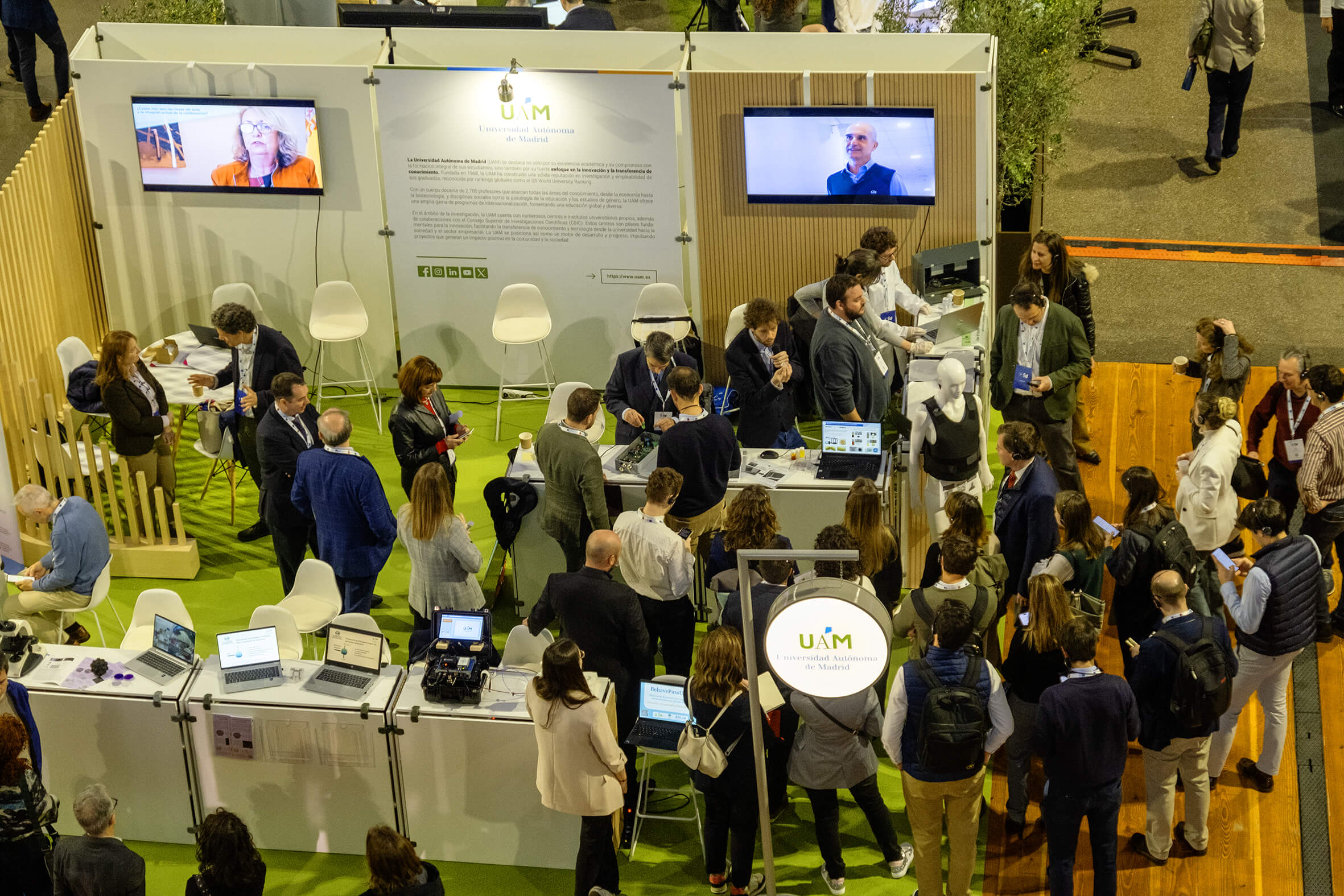How can we efficiently capture carbon and reduce both atmospheric and source emissions?
.png)
Context:
Renewable energies, hydrogen, and low-carbon footprint fuels are going to be key to advancing decarbonization. However, to be carbon neutral, it will not be enough to simply stop emitting CO2, but, according to organizations such as the International Energy Agency (IEA) or the UNECE (United Nations Economic Commission for Europe), it will also be necessary to capture the CO₂ produced by human activity.
In this context, Carbon Capture, Storage, and Utilization (CCUS) technologies are going to play a very prominent role and will contribute to achieving the goal of keeping the global temperature from rising more than 1.5 degrees this century.
Opportunity:
The industry is transforming through the development and implementation of increasingly low-emission technological solutions. CCUS, therefore, is a perfect complement, which will allow reducing CO2 emissions in sectors such as electricity, mobility, or energy-intensive industries such as steel, cement, etc., which generate CO2 in their processes, impossible to reduce by other decarbonization methods.
These technologies are capable of capturing CO2 before it is emitted into the atmosphere (from high-concentration sources), and even capturing existing CO2 through Direct Air Capture (DAC) technologies. The captured CO2 can also be used as raw material for the production of synthetic fuels or construction materials.
What we are seeking:
The level of development of CO2 capture technologies is still in its early stages, and there are opportunities to improve the efficiency of capture processes and to scale up and extend their use as raw materials.
We are looking for technological solutions, ready to be integrated into industrial production processes, that contribute to the absolute reduction of tons of CO2 emitted in any production process, based on amines, pressure swing adsorption (PSA), regenerative calcium looping, or membranes, guaranteeing the absolute reduction of tons of CO2 emitted in any industrial production process, as well as carbon footprint and energy consumption (both thermal and electrical). Furthermore, potential job creation and new technological competencies in industrial sectors will be valued.
Complete the following form to submit your idea to the company
More Featured Challenges
.png)
How can we efficiently capture carbon and reduce both atmospheric and source emissions?
.png)
How can we ensure water resources for industrial processes through alternative sources or the circularity of treated water?





.jpg)




